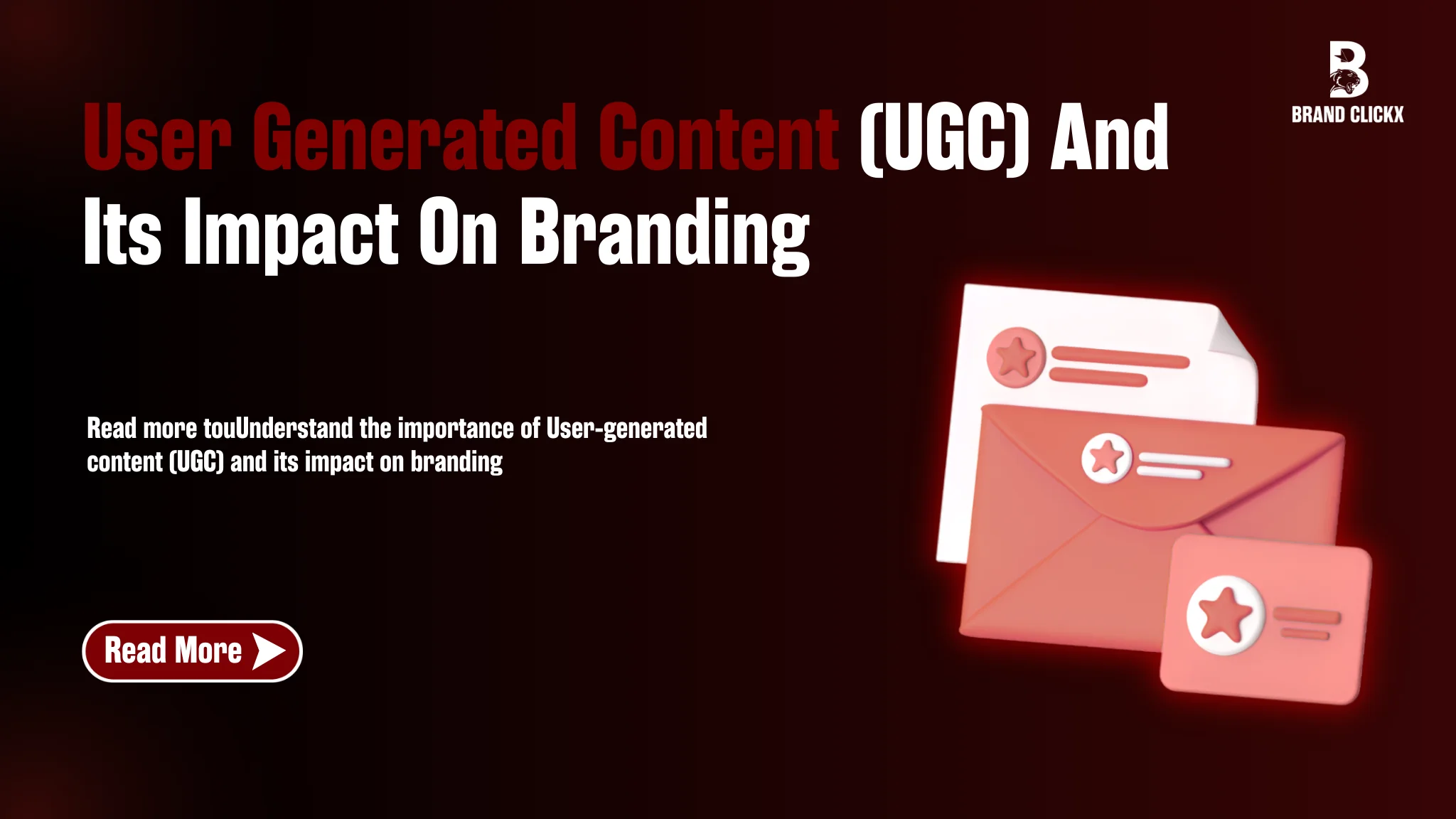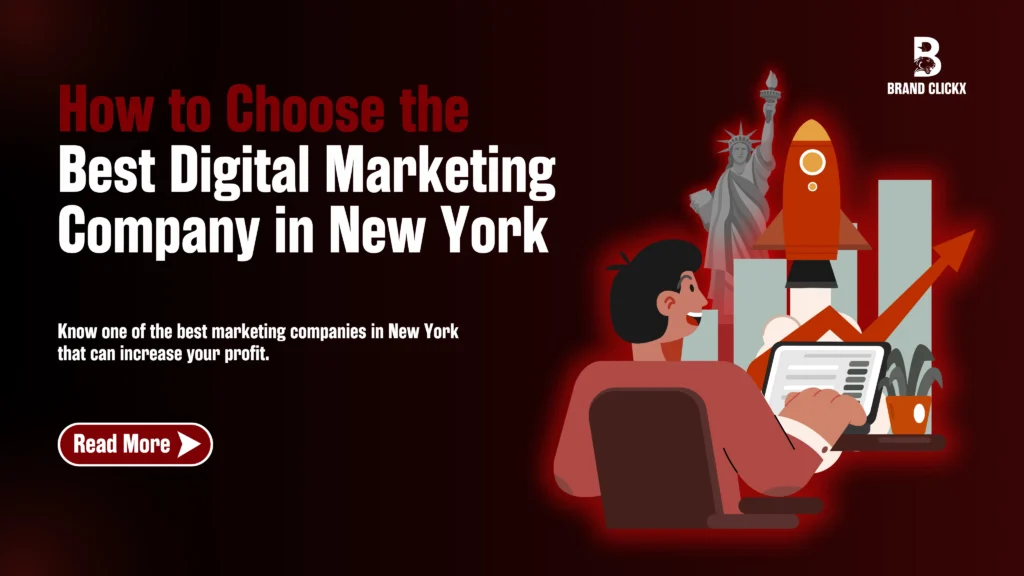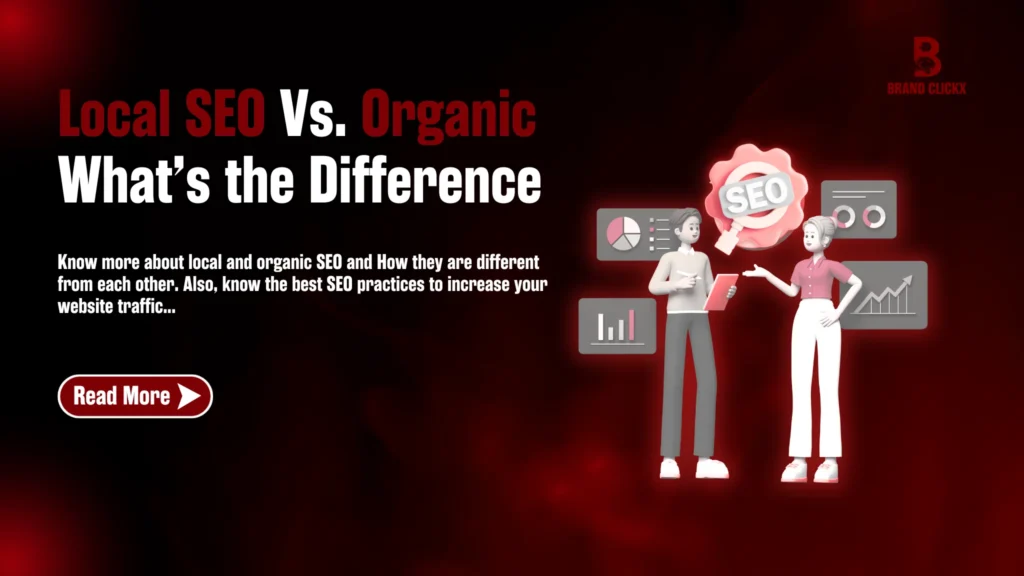User Generated Content (UGC) and its impact on branding has turned itself into a strong tool that defines the brand identity, trust, and even what people can (or cannot) see. UGC is anything any consumer—that word again—creates like reviews on the company’s review site, social media posts, a blog article, a video, or a testimonial.
The organic content has a lot of potential to create brand credibility and boost SEO as well as make an immense impact on consumer purchasing decisions. Power of UGC and its impact on branding in modern marketing strategies cannot be denied, since its importance has become ever greater with increasing use in the digital world.
Let’s explore more about UGC!
The Power of UGC in Branding
1. Enhancing Brand Authenticity and Building Consumer Trust
In today’s day and age, consumers tend to demand authenticity before they make purchasing decisions. Social proof that UGC offers to show real customer experience helps brands to become more relatable and trustworthy. Organic, user generated content has actually studies that show 92% of consumers will trust the content more than traditional advertising.
A standout characteristic of UGC is, unlike polished brand-created advertisements, it comes with raw and authentic reflection with a point of reiterating perception more strongly with the potential customers. In using UGC efficiently, brands gain credibility and reputation building, thus they will ultimately get customers’ loyalty.
Read more to know about how to write engaging content
2. Driving Engagement and Strengthening Community Bonds Through Customer Participation
It encourages customers to make and share the content that helps in building a sense of community and loyalty. If users see the brand’s content displayed, they feel appreciated and it creates a situation of brand favorability. In a platform based on UGC, like Instagram or TikTok or Twitter, brands are connected with their audience on a personal level.
Interactive content like polls, polls, challenges and hashtag campaigns engage the customer and not only increase their participation, but also create a dedicated customer base that actively promotes the brand.
Learn to improve your website’s SEO
3. Boosting SEO Performance and Enhancing Online Visibility with Organic Content
UGC helps in search engine optimization (SEO) by giving keyword content, backlinks and user engagement in search engine optimization. Fresh, authentic content is favored by the search engines and you will generate organic traffic through your customers when they create the reviews or discussion of a brand.
The benefit of Google’s algorithm is that it rewards sites with lots of different and updated content, so UGC is also a great asset for higher rankings in search results. Also, search engines perceive bounce rate and dwell time as a sign of positive engagement when there is authentic customer generated content.
4. Increasing Conversion Rates and Driving Sales Through Peer Recommendations
User generated content has a direct bearing on purchases. Research indicates that UGC leads ads 4x higher clicking rate than traditional marketing. Furthermore, including real customer reviews and testimonials on product pages can improve conversion rates by as high as 161% higher.
Potential buyers look for real experiences posted by peers of them when they are about to make a purchase. Social proof has psychological effects making some hesitant buyers feel comfortable buying, thus increasing the sales and leading to higher revenue growth.
Types of User-Generated Content and Their Unique Benefits for Branding
1. Customer Reviews and Testimonials
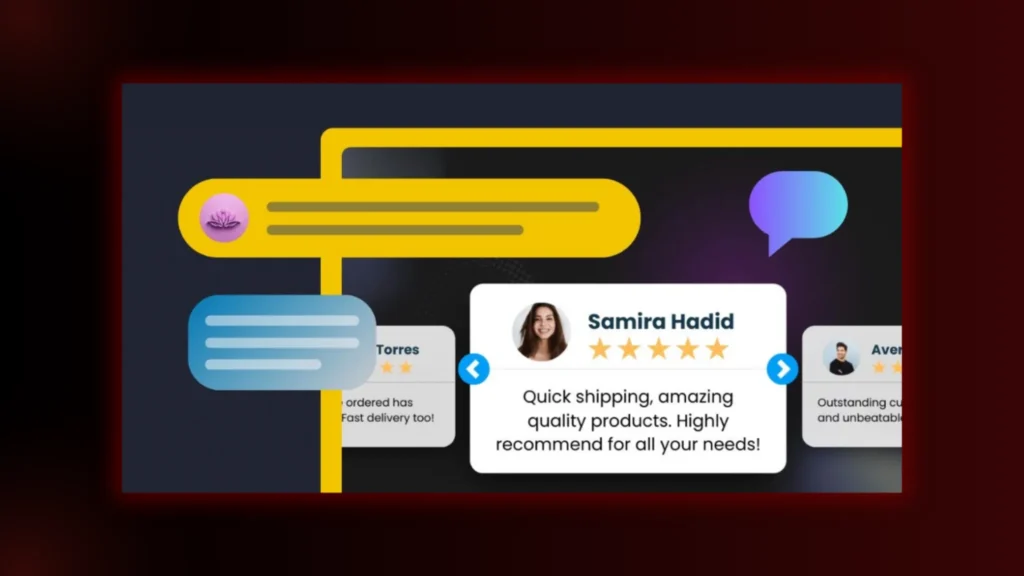
The reviews on platforms like Google, Yelp and Trustpilot have a great effect on the consumer behavior. Research says that 77% of shoppers read reviews before they purchase anything. Positive feedback from happy customers will ensure credibility and bring new buyers. Including these reviews on product pages, social platforms, and ads, increases consumer confidence as well as display of brand reliability.
2. Social Media Mentions and Hashtag Campaigns
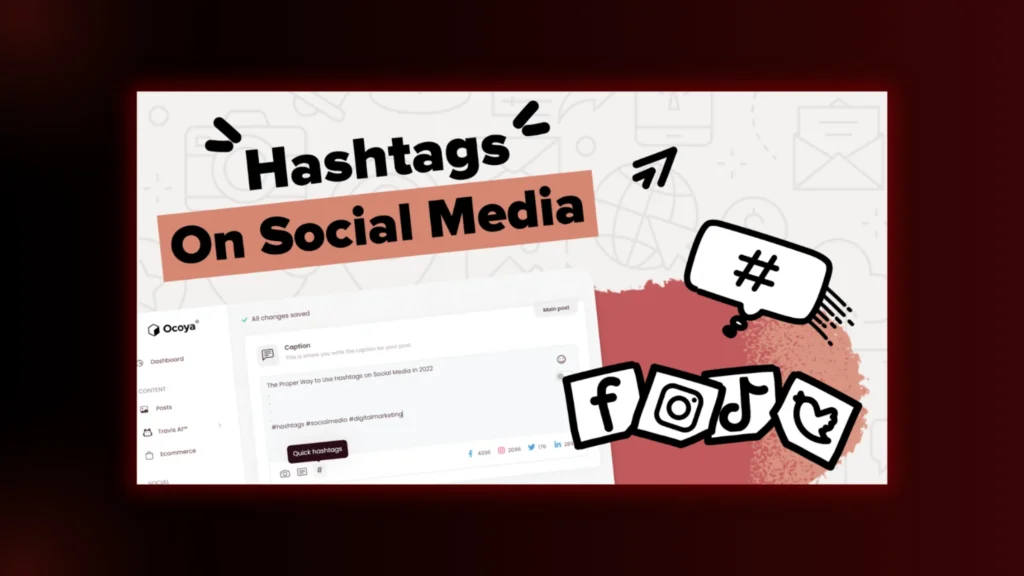
With some brands creating interactive campaigns which involve the words hashtag, the users are encouraged to share the content. There are successful examples of this, Coca-Cola’s “#ShareACoke” for example or Apple’s “#ShotOniPhone” that got millions of mentions organically, leading to more exposure of the brand.
Through these campaigns, the force of social sharing is put to use and huge engagement along with stronger connection with the audience.
3. Video Content and Unboxing Experiences: Visual Storytelling That Drives Engagement

User generated videos of unboxing the product, tutorials and testimonials allow to have a more authentic point of view about a product with video marketing growing high. It’s not difficult to find thousands of unboxing videos created on platforms such as YouTube and TikTok – which impact buying decisions and enhance brand engagement.
Video content creates a more immersive experience that allows potential buyers to see a product in use before spending their hard earned money.
4. Influencer and Micro-Influencer Collaborations: Leveraging Relatable Brand Advocates
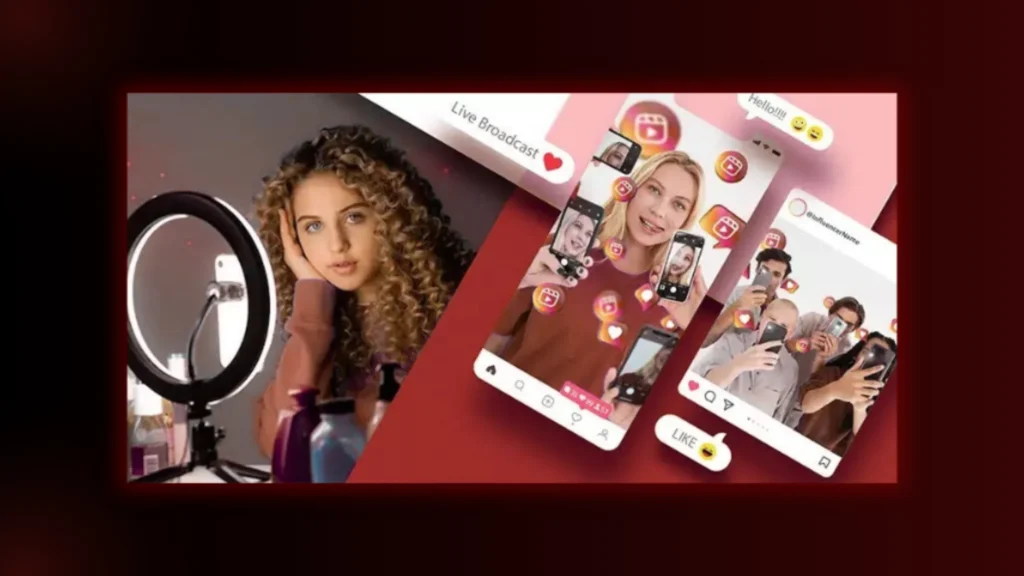
Micro-influencers (those with 10K to 100K followers) have a higher raging rate and trust to influencers who create relatable content. It is fast and easy to collaborate with micro influencers — authentic stories and direct influence with audiences.
Interestingly, unlike celebrity endorsements, micro-influencers generally have a niche and a highly engaged audience, so collaborations are exceptionally impactful and inexpensive.
How Brands Can Leverage UGC for Maximum Impact and Long-Term Success
1. Encouraging and Incentivizing UGC Creation Through Rewards and Recognition
It is the brands’ responsibility to ask customers to write reviews, photos, and videos. To increase participation and engagement, incentives such as discounts or loyalty points or giveaways are offered as an incentive. Other ways to recognize user contributions is to feature them on official brand channels to motivate the customers to participate more.
2. Featuring UGC Across Multiple Marketing Channels for Greater Exposure
Through repurposing user generated content, it can be spread across websites, social media, emails and advertisements. Customer testimonials in landing pages improve the conversion rate, and UGC in email campaigns increase the open rates. In addition, UGC can improve credibility and trust in paid media campaigns and therefore increase audience engagement.
3. Leveraging UGC for Paid Advertising to Increase ROI and Ad Effectiveness
Ads featuring real users receive great response from the consumers. Incorporated in Facebook and Instagram ads, UGC enhances the credibility of advertisement and provides higher ROI supporting the effectiveness of paid marketing campaigns. When potential customers learn that ads are, in fact, dealing with what they are talking about right now, there is a natural trust in the message and in action.
4. Monitoring and Moderating UGC to Ensure Brand Safety and Quality Control
UGC is great, but brands need to control the quality and its reputation at the same time. This way, using AI powered tools or community management teams is able to validate that the content posted from the community, is in line with the brand’s values and standards. Keeping the brand integrity and maintaining a good image of the brand requires filtering out the inappropriate or misleading content.
Final Thoughts
Today, modern branding cannot take the absence of user-generated content. It provides an amount of authenticity, engagement, SEO benefits, and ultimately the ability to increase your website’s conversion rate. The brands that use UGC effectively strengthen their relationship with the consumer, increase their online presence, and make a success out of long-term.
Using user generated content marketing strategies can integrate UGC within a company’s strategy, encourage participation, and ensure brand safety, by doing so, companies can use the potential of the true user generated content to stand as strong advocates in the industry.
If you want UGC to be handled by a professional team, BrandClickX can help you with this.
Contact us for more details!
FAQs
1. What is User-Generated Content (UGC) and Its Impact on Branding?
User-Generated Content (UGC) and Its Impact on Branding refers to the influence that consumer-created content—such as reviews, testimonials, social media posts, and videos—has on a brand’s reputation, engagement, and trustworthiness.
2. How does User-Generated Content (UGC) and Its Impact on Branding differ from traditional marketing?
Unlike traditional marketing, which relies on brand-created content, User-Generated Content (UGC) and Its Impact on Branding comes from real customers. This makes it more authentic, relatable, and influential in shaping consumer perception.
3. Why is User-Generated Content (UGC) and Its Impact on Branding Important for businesses?
User-Generated Content (UGC) and Its Impact on Branding helps businesses build trust, boost engagement, enhance brand credibility, and improve customer loyalty by showcasing real experiences and feedback.
4. What types of content contribute to User-Generated Content (UGC) and Its Impact on Branding?
User-Generated Content (UGC) and Its Impact on Branding includes customer reviews, social media posts, blogs, videos, testimonials, and any content created by users that showcases their experience with a brand.

